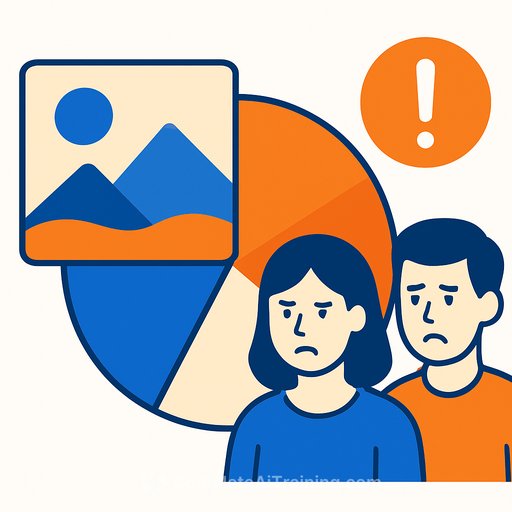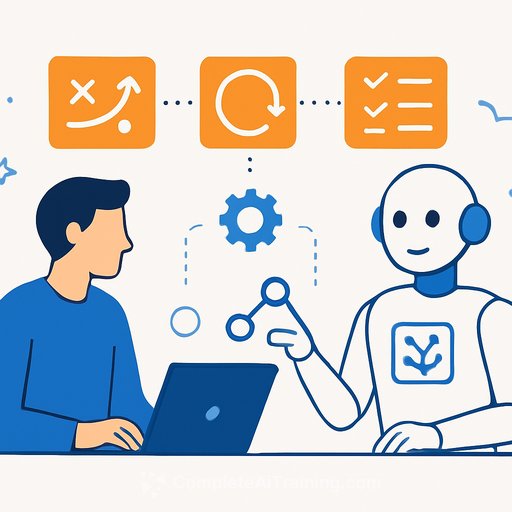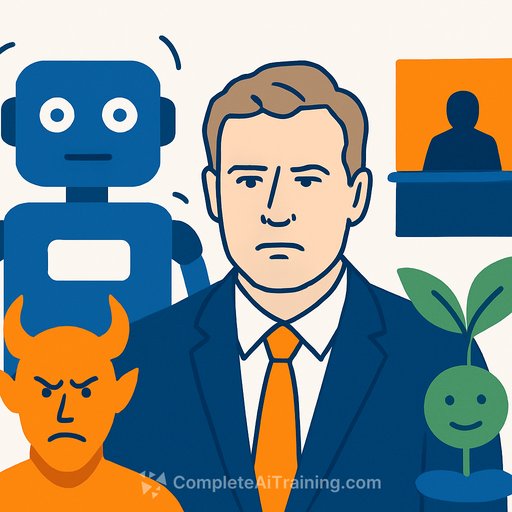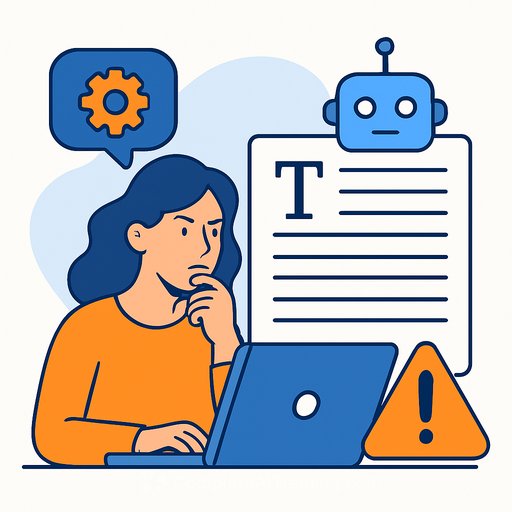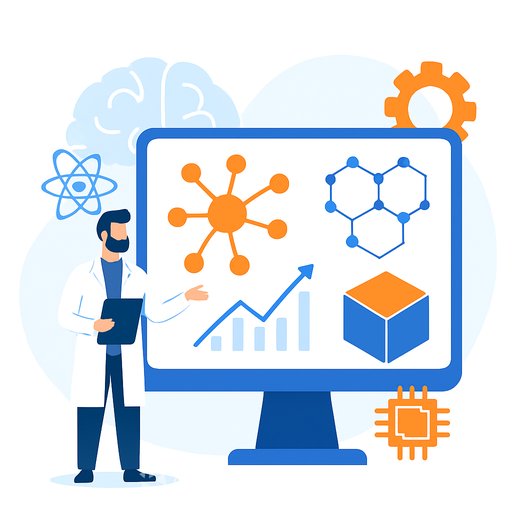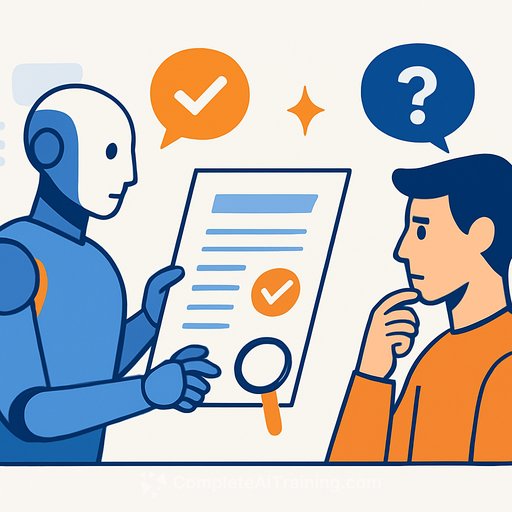When Machines Write Science: Ethical Ground Rules for Researchers and Writers
AI can help you think, draft, and visualize faster than ever. It can also push sloppy shortcuts into published work and erode trust in science. That's not alarmism; it's already happening.
A peer-reviewed article was retracted after editors found AI-generated cell diagrams with impossible anatomy, published without disclosure. The message is clear: if AI touches your work, transparency and human oversight are non-negotiable.
What went wrong: fake diagrams in peer-reviewed papers
In a retracted article on spermatogonial stem cells and JAK/STAT signaling, authors used AI to create diagrams that depicted biological impossibilities. There was no disclosure. Editorial teams requested clarification; none came.
This wasn't a one-off. Editors in other journals reported ghostwritten sections and undisclosed AI usage slipping through peer review. Watchdogs have logged a steady stream of similar cases, and it's getting harder to spot without explicit reporting. See ongoing coverage at Retraction Watch.
Why undisclosed AI breaks peer review
Peer review evaluates claims, methods, and the chain of reasoning. If AI generates text, figures, or analysis without disclosure, reviewers assess a mirage. The chain of custody for ideas and evidence is lost.
Scholars have warned that unsupervised AI writing undermines intellectual honesty, social responsibility, and technical quality. The tool isn't the issue; abdication of human judgment is.
Transparency is a requirement, not a courtesy
International norms are converging on a simple rule: disclose exactly how AI was used. That includes which tools, versions, prompts, parameters, and where humans reviewed, corrected, or overruled outputs.
Many editors now expect an AI use statement and method notes. For reference, see the COPE position on authors' use of AI tools.
Accountability stays human
Policies from national bodies (e.g., Colombia's CONPES 4144) insist that humans make final decisions. That's the right call. Models can assist, but they don't carry accountability.
If readers can't tell where the machine ended and where your judgment began, you've blurred responsibility. Clear authorship means you own every claim, figure, and conclusion, regardless of the tools involved.
The cost we ignore: water, energy, and emissions
Training and running large models is resource intensive. Studies estimate hundreds of thousands of liters of water and sizable carbon emissions for a single training run. That's before we count routine inference across labs and newsrooms.
Practical move: use AI only where it improves validity or quality. Prefer smaller models for routine tasks. Batch heavy jobs. Log your footprint when feasible. If an old-fashioned approach works, use it.
Fair access matters
Well-funded teams can buy advanced tools; others can't. That gap compounds existing inequalities. If your lab or newsroom adopts AI, plan for equitable access and shared infrastructure.
Set standards that don't penalize those without premium tools. Evaluate outputs, not tool price tags.
Augment, don't outsource your brain
Think of AI as "augmented agency," a concept some scholars use to describe tools that extend your capability while you keep control. Useful when it accelerates grunt work; harmful when it replaces thinking.
Overreliance leads to mental sedentarism. If the model drafts, reasons, and decides for you, your skills atrophy. Keep humans-in-the-loop and demand independent verification of key outputs.
A practical checklist for labs and editorial teams
- Declare AI use in methods, acknowledgments, or a dedicated AI statement.
- Record tool names, versions, prompts, parameters, and dates of use.
- Keep human review logs: who checked what, and what changed.
- Verify all figures: biological plausibility, scale, labels, and provenance.
- Prohibit AI fabrication of data, references, or quotes-zero tolerance.
- Run AI-generated text through fact-checking and source verification.
- Use plagiarism and image forensics tools, but never rely on detectors alone.
- Limit AI to tasks with clear benefit: synthesis, code scaffolding, language edits.
- Set a model size policy: small by default; justify large models.
- Add an incident pathway: how to report, investigate, and correct.
For science writers and editors
- Disclose AI assistance in bylines or endnotes where policy allows.
- Preserve your voice: use AI for structure and clarity, not original claims.
- Source every factual statement; never trust autogenerated citations.
- Maintain a style guide for AI edits to avoid homogenized copy.
Institutional moves that work
- Publish clear AI policies and update them on a schedule.
- Offer training with live demos of ethical and unethical use cases.
- Integrate AI statements into submission systems and lab notebooks.
- Screen figures for anomalies and require underlying data on request.
- Use audits for high-stakes outputs and sensitive domains.
Keep your skills sharp
AI will change how you work, but your edge is still judgment, clarity, and rigor. If you're building capability and process, structured training helps. See role-specific options at Complete AI Training - Courses by Job.
Science needs researchers, not just machines
Technology can accelerate analysis and communication. It can also accelerate errors, bias, and deception. The difference is your process.
Keep humans at the center. Disclose precisely. Weigh environmental and equity costs. Most of all, protect your thinking. AI can assist science and writing-only if we keep control of the work and the ethics that guide it.
Your membership also unlocks:


